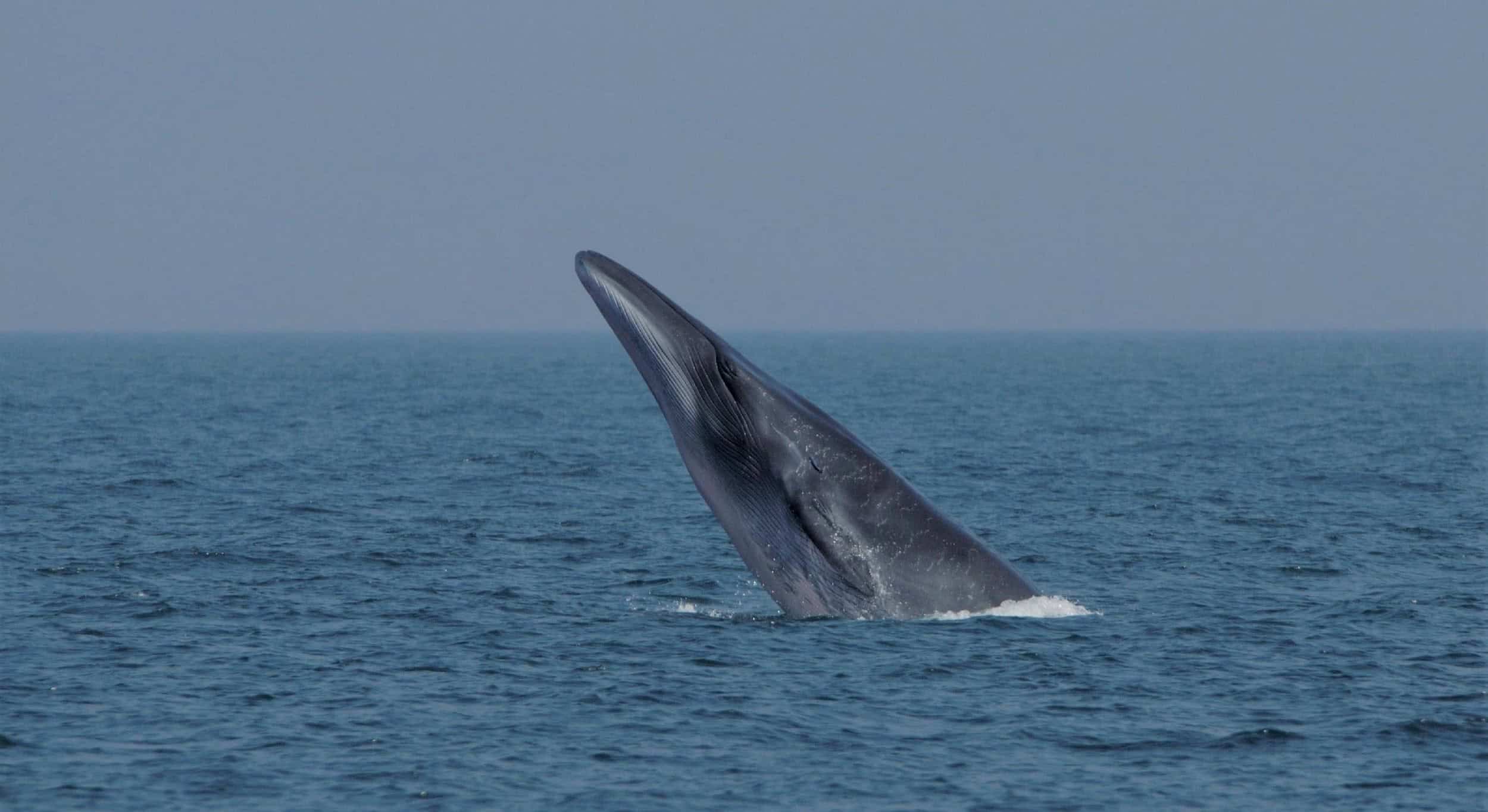Formed over 125,000 years ago from the Ganges River system
Home to Indo-Pacific bottlenose dolphins, Bryde’s whales
Adventurous tourists want easy access to the site
This feature was published in Dhaka Tribune on February 24, 2024.
In 2021, the people were surprised as to whether there were whales in the Bay of Bengal as they discovered a large dead whale on the Inani Beach in Cox’s Bazar. The carcass was 44 feet long and weighed approximately 3.5 tons. In June 2020, a baby whale of this species washed ashore and died after getting stuck in Shah Pori Dwip.
These whales are believed to have originated from the Swatch of No Ground (SoNG), a submarine canyon stretching 1,738 square kilometres in the Bay of Bengal, which has still been a tough place for the commoners to access.
It is considered one of the most Important Marine Mammal Areas (IMMAs) in the world by the Marine Mammal Protected Areas Task Force (MMPATF), a global body monitoring aquatic diversity.
Similar delta-front troughs are found off the mouth of the Indus River, known as the Indus Trough, and off the west side of the Mississippi Delta, known as the Mississippi Trough.
It has relatively steep walls (12◦-15◦), ranges from about 40km wide at its mouth to about 6km wide at its head, and carries sediments that sustain the world’s largest submarine fan. At the edge of the shelf, the depths in the trough are about 1,200m.

Also known as the Ganges Trough, the SoNG is a marine valley or canyon that crosses the continental shelf diagonally and is situated on the south side of the Ganges-Brahmaputra delta.
The canyon was formed approximately 125,000 years ago by river flow from the Ganges River system and underwater currents in the northern Bay of Bengal. During that time, the Ganges-Brahmaputra River was discharging its sediment load directly on the shelf edge.
The combination effect of river flow and turbidity currents generated at the shelf break and upper slope was responsible for the formation of the canyon. Evidence from the Bengal Deep-Sea Fan also tends to support this view.
Special features
The SoNG provides the physical conditions that support extraordinary biological productivity, including globally significant populations of Indo-Pacific bottlenose dolphins (Tursiops aduncus) and Bryde’s whales (Balaenoptera edeni), as well as large numbers of spinner (Stenella longirostris) and spotted dolphins (Stenella attenuata) and small numbers of rough-toothed dolphins (Steno bredanensis) and false killer whales (Pseudorca crassidens), according to the MMPATF.
This qualifies the area as an IMMA under Criterion B2 – Aggregations for the regular concentrations of the species associated with the undersea feature of the canyon, and these aggregations may further imply additional importance for associated foraging and reproductive behaviours.
Finally, it is determined that these locally occurring animals of both species are genetically different from many other populations of the same species in the Indo-Pacific, qualifying the area as an IMMA under Criterion D1.
The Bryde’s whales and Indo-Pacific bottlenose dolphins occur along a gradient of fairly shallow (19m) to deep-water (>200m) habitat at the head of the SoNG. Pelagic delphinids, including spinner and pantropical spotted dolphins, occur in the deeper waters of the canyon with a band of distributional overlap where all four species occasionally co-occur. Occasional sightings of rough-toothed dolphins and false killer whales have also been documented in this area.
Assessments during 2004-2012 suggest that the head of the canyon is particularly important for the Indo-Pacific bottlenose dolphins and the Bryde’s whales.
Frequent sightings of bottlenose dolphin and Bryde’s whale calves in the head of the canyon imply that the IMMA may be particularly important for reproduction in both species. In addition, frequent observations of feeding behaviour also reinforce that these important aggregations may be connected to important foraging activities and prey abundances within the IMMA.

The MMPTF has found that the SoNG supports two cetaceans (Bryde’s whales and Indo-Pacific bottlenose dolphins) that have been the topic of recent studies, indicating more complex genetic structures than previously recognized.
Preservation
On October 27, 2014, the government issued a circular announcing the area as an MPA under the Wildlife (Conservation and Security) Act, 2012. It means fishing and other offshore commercial activities are restricted on this submarine.
The decision came following a discovery by the Wildlife Conservation Society (WCS) in Bangladesh of a major hotspot of cetacean abundance and diversity in the SoNG and adjacent coastal waters.
Currently, local fishermen go to the SoNG area from Mongla in Bagerhat regularly after acquiring permission from the authorities.
The discovery opened a wider scope for tourism and fishing, along with extensive research and documentation. But there have been very few commoners with any experience due to the restrictions. Some people who travelled to the SoNG area for research work shared photos of their voyage on Facebook. On the other hand, tour operators and adventure travellers suggest that SoNG can become a global tourist destination if the authorities allow ship operations.


মন্তব্য করুন
মন্তব্য করার জন্য আপনাকে অবশ্যই লগইন করতে হবে।